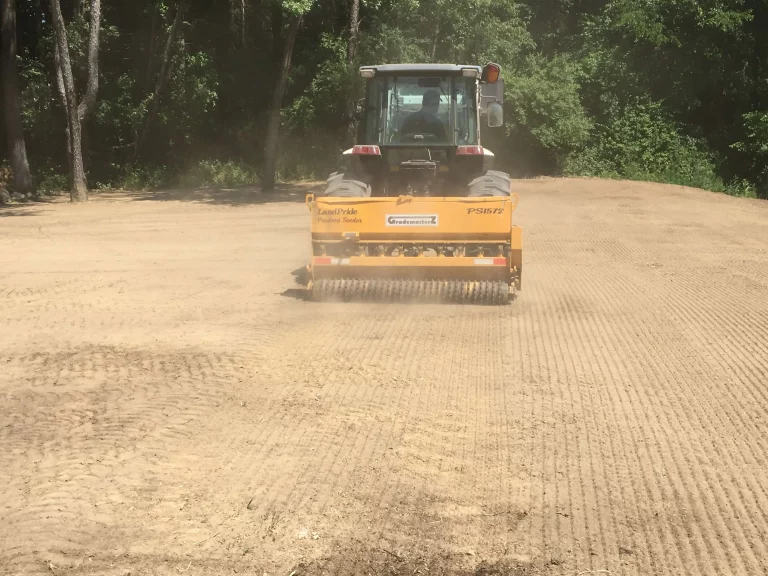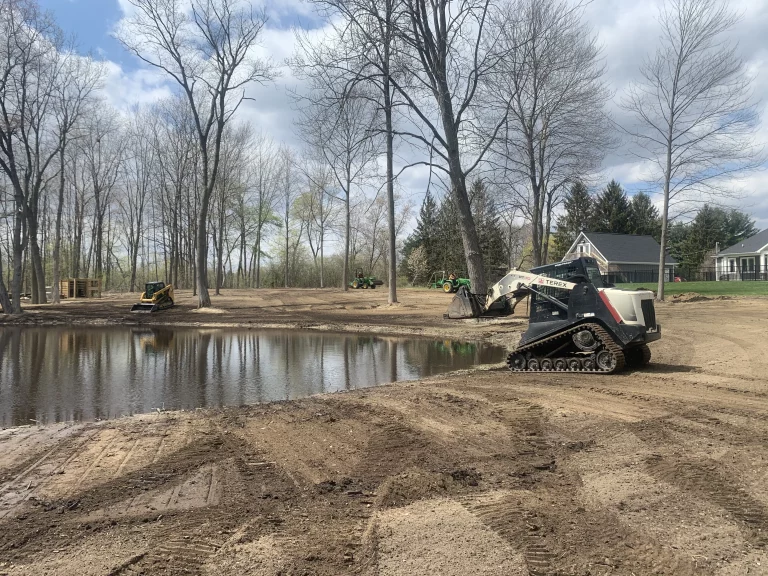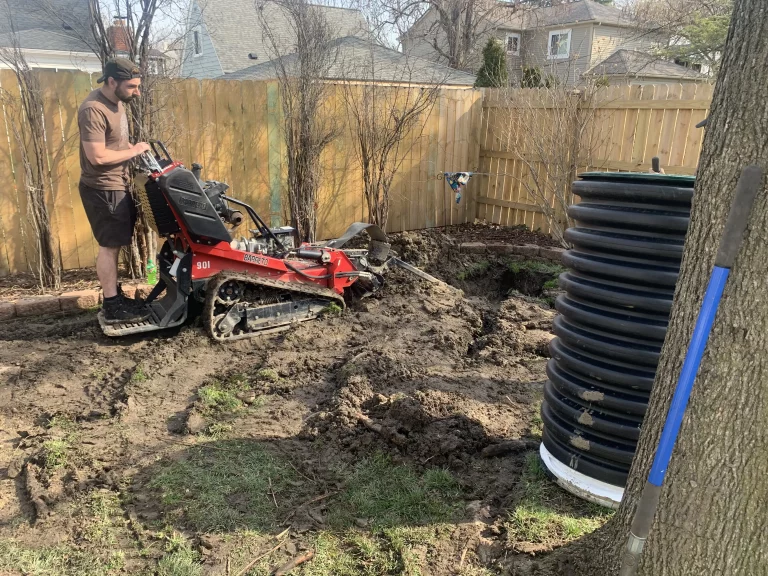lets discuss some potential issues in our in-depth guide on drainage solutions, where you’ll find essential information to address and prevent water-related issues in your backyard.
A house is indeed all those things and more — an embodiment of security, comfort, and the promise of future memories. It’s a significant investment, not just financially, but emotionally and practically too. When seeking a house, we prioritize features like location, structural integrity, functionality, and amenities such as a spacious kitchen and adequate bathrooms. Yet, amidst these considerations, the importance of backyard drainage often goes unnoticed.
Backyard drainage, or yard drainage, is pivotal for managing water flow within the property. It safeguards against flooding, erosion, and damage to the landscape and structures. However, it’s an aspect that’s frequently overlooked during the house-hunting process. Homeowners may find themselves grappling with soggy, unusable yards after moving in, despite assurances from inspectors during the purchasing phase.
In Michigan, where the climate can be unpredictable, the need for effective yard drainage is particularly crucial. Without proper drainage, yards can become waterlogged and impractical for use. This oversight underscores the necessity of thoroughly assessing all aspects of a property before making a purchase decision.
Investing time and attention in evaluating backyard drainage ensures that your home remains a haven, not just indoors, but outdoors as well. It’s about creating a space where you can truly enjoy and make the most of every moment, without the worry of water-related issues dampening your experience.
If you’re noticing standing water, soggy spots, or drainage issues in your yard, we can help you find the right solution. Contact us today for a quick assessment.
Backyard drainage refers to the management and control of water flow within a yard or outdoor area. Proper drainage is essential to prevent issues such as flooding, erosion, and water damage to structures or landscaping. There are various methods for achieving effective drainage, including:

We work on over a hundred new construction sites every year. We come across clients that insist that their landscaper specifically instructed them no soil is needed for the grading, or the builder will provide a grade and no soil necessary.
Construction sites in Michigan can compact the soil through various activities and processes involved in the construction process. Construction sites typically involve the use of heavy machinery such as excavators, bulldozers, and compactors. These machines exert significant pressure on the soil as they move and operate, causing compaction, especially in areas where they repeatedly traverse. let’s discuss a few factors contributing soil compaction.
Without topsoil, the soil composition may lack the necessary organic matter and nutrients to promote proper drainage. This can result in water pooling on the surface, creating soggy conditions and potential water damage to the property.
Overall, the absence of topsoil during final grading in new constructions can result in long-term drainage issues, reduced landscaping potential, and increased maintenance requirements. Proper grading techniques, coupled with the use of quality topsoil, are essential for creating sustainable and resilient landscapes in Michigan and beyond.


Proper drainage protects your property and the environment by reducing erosion and pollution. With a little planning and the right solution, you can say goodbye to backyard blues and hello to a healthy, happy yard that thrives, rain or shine! Remember, a healthy yard starts with healthy drainage. So, do it yourself and grab your shovel, or take assistance from yard drainage contractors. Contact Us today and get solutions tailored to your needs and transform your backyard into a haven that thrives through every Michigan season. Happy draining!
You have probably heard of terms – French drains, trench drains, Dry wells, Grading, fixing negative slope, Sump pump drain installations, channel drains etc. All these are potential solutions to achieving the best solution for removing standing water from the back yard.
Drainage issues can arise from standing water in the yard or near the foundation, as well as inadequate slope or grading, hindering proper water permeation
If the issue persists drainage issues, it can compromise the foundation and leads to costly repairs. It’s advisable to consult with a professional landscaper or drainage specialist who can assess the situation and recommend appropriate solutions to effectively address the problem.
A sump pump is a device, used to remove excess water from the lowest part of a structure’s foundation. It consists of a pump placed in a pit or sump basin, where water naturally collects. When the water level rises to a certain point, a float switch triggers the pump to turn on, pumping the water out of the pit and away from the building through a discharge pipe or hose. This helps preventing flood and water damage to the structure.
Grading a yard is a form of yard leveling that creates a mild incline. It involves creating a slight slope away from the foundation to facilitate water drainage. This helps prevent water from pooling around the foundation, reducing the risk of water damage.
Fill out our contact form to get started and transform your outdoor space with Grow Gardens and Landscape Design. Our team is ready to provide expert assistance and answer any questions you may have.
248 420 4630
info@grow-earth.com
Got a vision? Let’s bring it to life together!